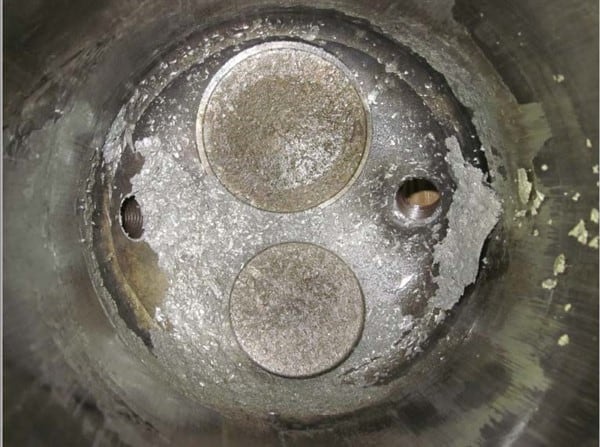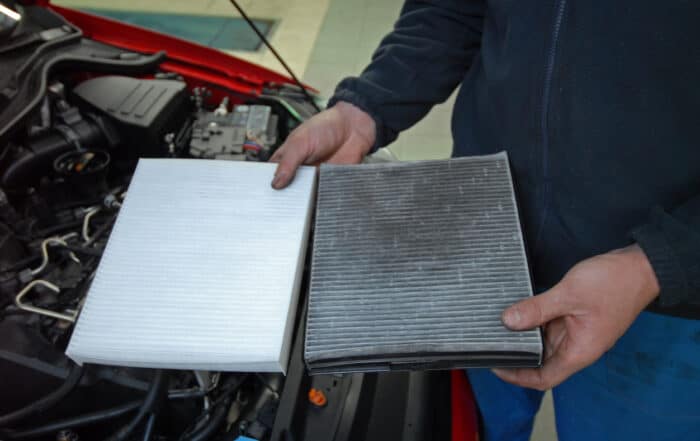Aircraft Oil: Go Ashless or Go to the Repair Shop
Ashless dispersant oil really does matter!

Any of you flying air-cooled aviation engines should be familiar with the phrase AD oil or Ashless Dispersant oil. These are special oils designed for aircraft engines and their use will help protect again pre-ignition and detonation. But what exactly does ashless mean?
Basically when you burn the oil, it will completely disappear and leave no significant ash behind. For non-ashless oils, most of the ash left behind when you burn the oil is from additives in the oil itself. Automotive and diesel engine oil designs for liquid cooled engines will contain a lot of additive that are is ashless and it’s not a problem in those types of engines because they don’t typically run hot enough to burn the oil.
Air-cooled aircraft engines are another story. In those engines, it is common for certain engine parts to reach temperatures at which the oil can burn. If a non-ashless oil was used, then deposits from the left-over ash could end up sticking to valves and ring lands. Those deposits could lead to hot-spots in the combustion chamber and those commonly cause pre-ignition.
The dispersant part of AD means there is additive present that is meant to hold solids in suspension so then can either be filtered out, or drain when the oil is being changes. If this additive is not present, it would be a lot easier for sludge to build-up in your engine during normal operation.
While the use of ashless oils won’t necessarily prevent all of the problems associated with pre-ignition and detonation, it is one easy way to help protect your engine from these dangers.
Related articles
Viscosity: Going Down!
Thinner oil is here to stay - even for diesels
This Ain’t Your Daddy’s ATF
From lifetime oil to CVTs, transmissions are changing
On Towing
Towing in the mountains...easier said than done!
Space Dust
What is dirt, anyway?







